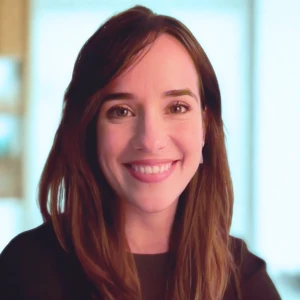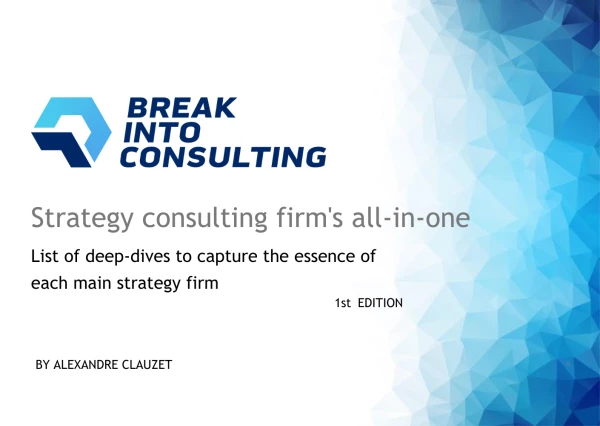Hello everybody, I heard feedback from a Case Partner that I should name cost drivers faster. So my thinking here is the following: there are fixed and variable cost, and the main drivers for fixed and variable are:
Fixed costs:
- Rent / Lease / Property / Production site
- Possible depreciation
- Administration
Variable costs:
- Personnel
- Energy/ Water
- Unit costs/ material
Now my two questions:
1) Are these the most important cost blocks or have I overlooked something important here? I am interested in an overview of the possible cost sources, which can then be adapted to specific cases.
2) Where would you also assign the terms production costs, operating costs and investment costs to fixed and variable areas?
Thanks a lot!















